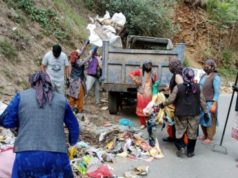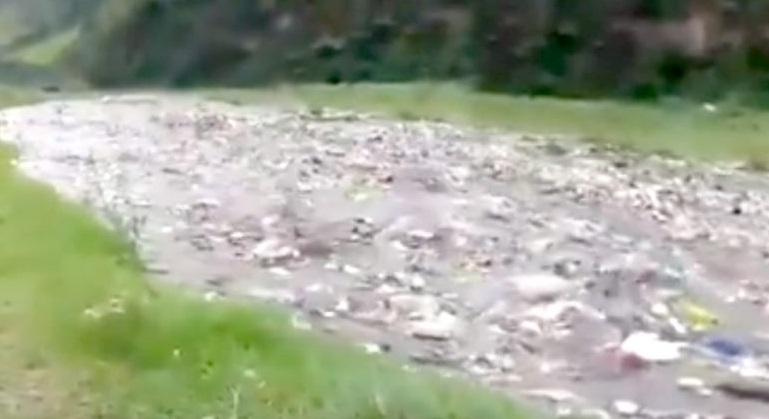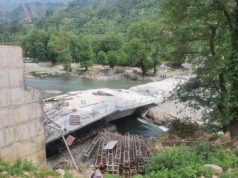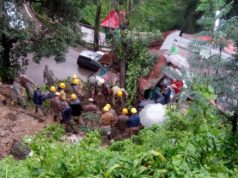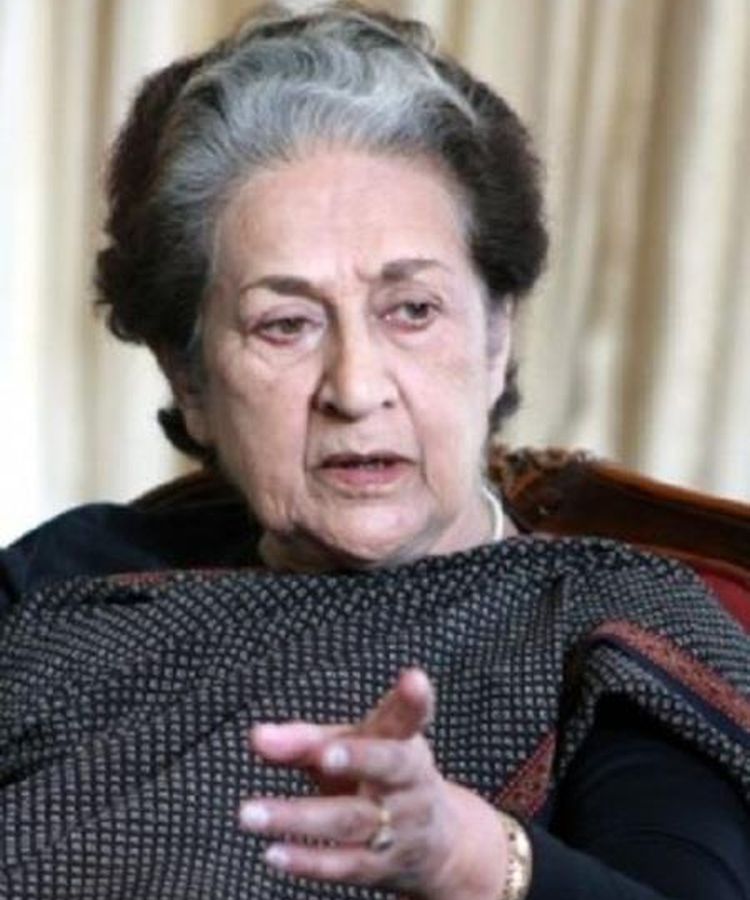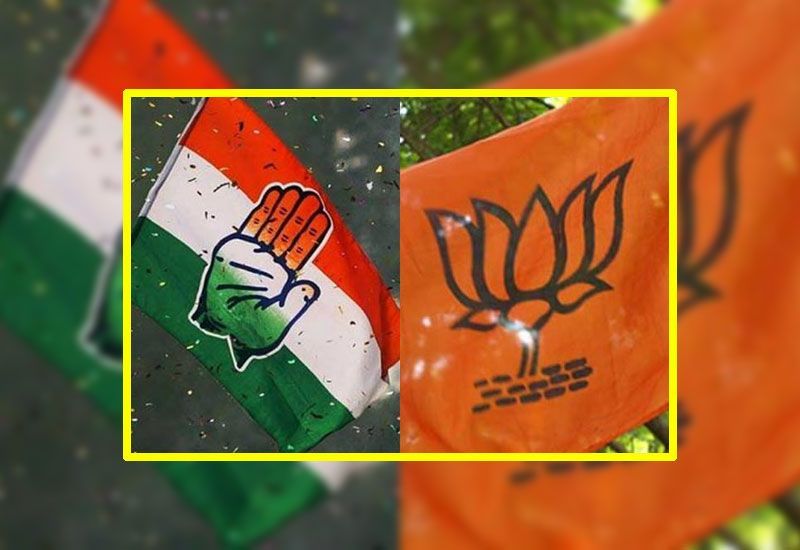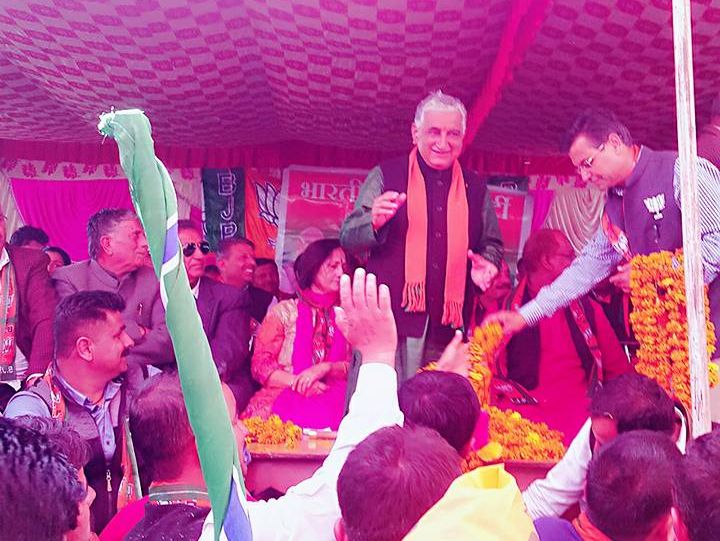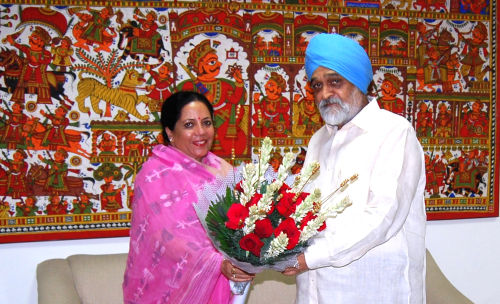Irrigation and Public Health Minister Vidya Stokes said that the State Government was committed to provide un-interrupted supply of safe drinking water to the people of the Shimla town and was working in close co-ordination with line Departments, so as to ensure proper distribution of potable drinking water.
Stokes was presiding over the meeting of Irrigation and Public Health department here today. She said that the previous Government had pursued the proposal for gravity drinking water supply scheme from Pabbar River for Shimla town in the year 2008. The Scheme to bring water from river Pabbar to Shimla was appraised by Government of India and was sent to World Bank in the year 2009 for funding.
Minister said that the technical feasibility was certified by an independent consultant WAPCOS, a Government of India Organization engaged by the State Government for the preparation of Detailed Project Report (DPR) which was submitted to GoI. She said that it was not true that the technical experts have declared the Pabbar Project as un-feasible.
Irrigation and Public Health Minister said that as regards financial viability was concerned, the energy charges on Satluj Project works out to be Rs. 3000 crore over a period of 30 years at the rate of Rs 100 crore per annum and these charges were to be borne by State government. She said that the capital cost difference of Rs. 800 crore would be wiped out over a period of eight years. Thus, the Pabbar proposal was financially viable as compared to Satluj project, she added.
She said that the water availability through Pabbar project would meet the drinking water supply requirements of the capital town of Shimla till the year 2037. She said that the previous Government had mooted the proposal of the Pabbar River project and completely failed to start the same and now was terming this project as unviable and stressing upon lifting water from Sutlej River which was more costly.
Stokes said that the total capacity of water in Shimla town from all sources was 60 MLD and average quantity of water supplied from these sources was 45 MLD. However, the total storage capacity in Shimla town was 20-40 MLD and the requirement of water as per the norms is 135 litre per person for a population of 2.50 lakh was 33.75 MLD. She said that frequent electricity failure, water distribution losses on an average of 26.60 per cent and lesser storage capacity with M.C. Shimla were the main reason for erratic supply of water.
She said that appropriate directions were issued to the line departments to work in co-ordination regarding distribution and power supply so that un-interrupted water supply was ensured.


